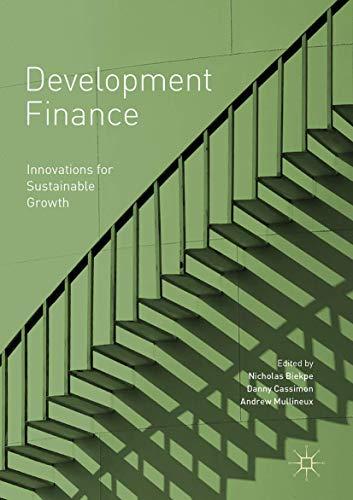what is the answer to these questions?




11. Carl would like to save $100,000 by his 40 th birthday to pay for a special midlife crisis vacation. He plans to achieve this by investing equal annual amounts each year beginning on his 24 th birthday and ending and including a payment on his 40 th birthday. If the investment pays an 11 percent interest rate, what is the size of each annual payment Carl needs to invest? 12. An investment of $1,000 annually at the end of each year for the next 15 years will be worth $30,000 at the end of 15 years. What is the interest rate return on this investment? 13. A $20,000 loan requires equal annual end-of-year payments for four years. The interest rate is 10 percent. a. What is the amount of each loan payment? b. Construct a loan amortization schedule to include the amount of interest and principal paid each year as well as the remaining balance at the end of each year. 14. A $100,000 loan requires equal annual end-of-year payments of $38,803.35 for three years. a. What is the annual interest rate? b. Construct a loan amortization schedule to include the amount of interest and principal paid each year as well as the remaining balance at the end of each year. 15. An investment promises to return $2,000 at the end of each of the next 10 years and then $5,000 at the end of each of the next five years (years 11 through 15). What is the value of this investment today at a 7 percent interest rate? 16. An investment promises to return $8,000 at the end of each of the next eight years and then $3,000 at the end of each of the remaining seven years (years 9 through 15). What is the value of this investment today at a 9 percent interest rate? 17. You plan to invest $10,000 into a bank certificate of deposit for three years. The certificate of deposit pays a 12 percent annual nominal rate. What is the value of your investment in three years if the 12 percent rate is compounded at the following periods? a. annually b. semiannually (every six months) c. quarterly (every three months) d. monthly 18. You plan to invest $5,000 into a bank certificate of deposit for five years. The certificate of deposit pays a 6 percent annual nominal rate. What is the value of your investment in five years if the 6 percent rate is compounded at the following periods? a. annually b. semiannually (every six months) c. quarterly (every three months) d. monthly 19. An investment promises to return $1,000 annually with the first $1,000 to be received at the end of 10 years and the last $1,000 to be received at the end of 25 years. What is the value of this investment today at a 7 percent rate of return? 20. An investment promises to return $1,500 annually with the first $1,500 to be received at the end of 5 years and the last $1,500 to be received at the end of 12 years. What is the value of this investment today at a 5 percent rate of return? 23. You just celebrated your 25th birthday today. You plan to invest $2,000 annually, with the first $2,000 invested on your 26 th birthday and the last invested on your 60 th birthday. a. What is the value of this investment on your 61 st birthday if all invested funds earn 6 percent annually? b. What interest rate do you need to earn for the investment to be worth $300,000 on your 61 st birthday? 26. Ted and Carol are planning to provide for their two daughters' future college tuition. The oldest daughter is expected to need $8,000 in 8 years, $9,000 in 9 years, $10,000 in 10 years, and $11,000 in 11 years. The youngest daughter is expected to need $14,000 in 14 years, $15,000 in 15 years, $16,000 in 16 years, and $17,000 in 17 years. If Ted and Carol can earn 8 percent annually, what single amount do they need to invest today to provide for their











